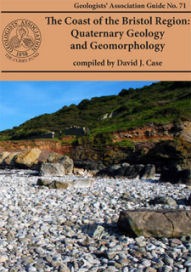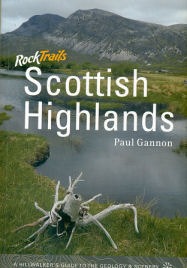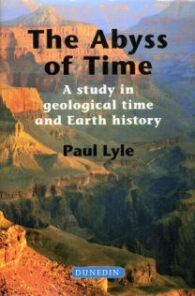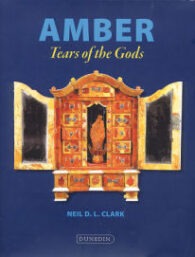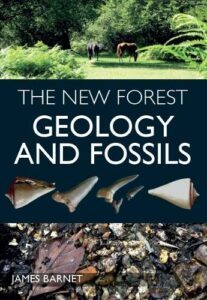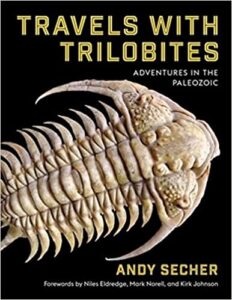The 71st GA guide is not really my area (I prefer palaeontology) and it covers quite a specialist subject, but it is definitely interesting. And this is surely the point of GA guides – to cover topics that other publishers might be reluctant to consider.
